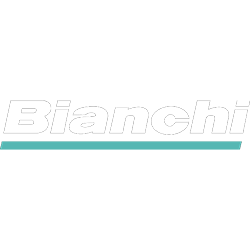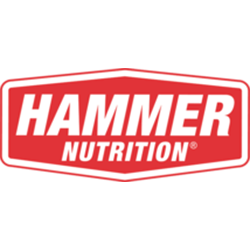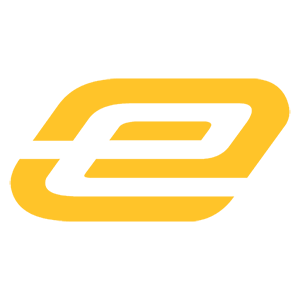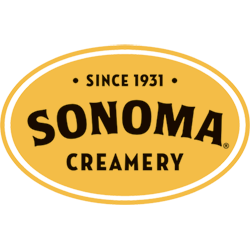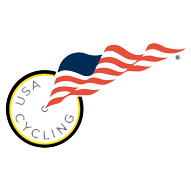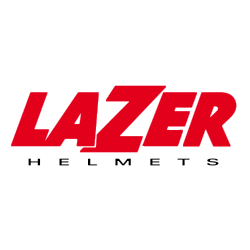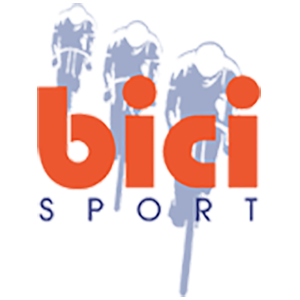To understand how much iron you need, it is important to understand iron’s role in the body. Iron is used to help develop the heme portion of the hemoglobin in the Red Blood Cells (RBC). Hemoglobin ism used to carry oxygen in the body.
When you have low oxygen in your blood, the body stimulates RBC development by releasing the hormone erythropoietin (AKA – EPO). This process takes about 9 days. The mature blood cell is functional for about 120 days at which time the body breaks down the cell and reuses the iron. Stores of iron are therefore rarely low as the body reuses its own iron. The only major loss of iron is due to blood loss. Hence, another reason not to crash.
The intestine regulates the absorption of iron based on the current body stores bound in transferrin. If the body is not low, your body will not allow you to absorb the iron. If you have excess iron, the body will simply store the iron in the liver. It will, however, not make more RBC.
A serving of 3 oz of meat can exceed the 10 to 18 mg recommended for your body each day. Among the meat, beef and pork offer the most absorbable iron. Vegetarians do not include these iron-rich foods in their diets. However, it is possible for the conscientious vegetarian to meet the iron needs with a well balanced diet. Good sources of iron may be found in non-animal food products such as lentils, black or pinto beans or split peas. Daily consumption of 2 1/2 cups of these lentils will meet the iron recommendation. Other goods sources of iron include spinach and enriched grains. Nutrition experts recommend that iron is consumed with Vitamin C. The Vitamin C aids in the absorption of iron. The interaction of these nutrients in the RBC production emphasizes the importance of a well balanced diet.
Katherine Parker M.S. R.D. Sports Dietitian
Center for Wellness and Sports Performance

